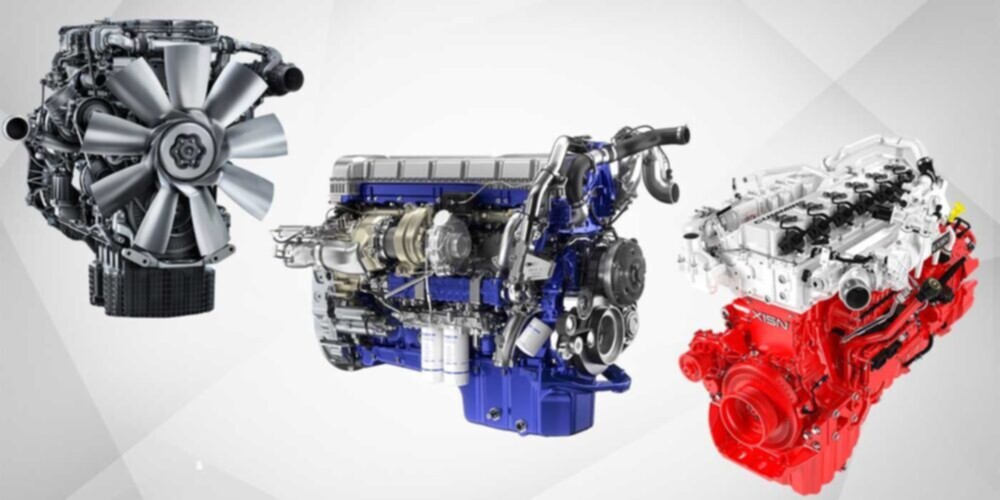The Pursuit for Ultimate Driving Power: Investigating the Peak of Engine Efficiency and Technological Advancements in the Automotive Field
In the world of auto engineering, the pursuit of maximum driving power has been a ruthless quest that has actually unravelled through the advancement of engine design and the assimilation of innovative technologies. From the careful craftsmanship of combustion engines to the quick improvements in electrical propulsion systems, the auto sector stands at the cusp of a new period characterized by unprecedented performance abilities.
Evolution of Engine Design

Additionally, the assimilation of turbocharging and turbo charging technologies has changed engine layout by increasing power without considerably raising engine dimension. These forced induction systems press the consumption air, permitting for even more gas to be ignited, thereby generating higher power result from a smaller engine. This development has been especially critical in improving the efficiency of smaller sized variation engines while preserving gas performance standards.

Performance-Enhancing Fuel Technologies
The implementation of sophisticated gas technologies has considerably added to enhancing engine efficiency in contemporary vehicles. From typical gasoline and diesel to cutting-edge biofuels, synthetic fuels, and hydrogen, the auto industry is witnessing a change in gas options. Biofuels, stemmed from renewable sources like sugarcane, corn, or algae, deal decreased discharges and boosted engine effectiveness. Artificial fuels, created via chemical procedures, offer high octane scores, boosting power output. Hydrogen fuel cells, although still in the very early stages of adoption, show fantastic pledge as a result of their zero-emission nature and capacity for high performance. Furthermore, gas ingredients and detergents are being developed to tidy engine elements, enhance burning, and minimize rubbing, thereby improving general automobile efficiency. With continuous research and development, the quest for the ultimate driving power continues, as designers aim to open the full capacity of performance-enhancing fuel innovations in the automobile market.
Developments in Electric Propulsion
Substantial strides in electrical propulsion modern technology have revolutionized the vehicle industry, leading the method for a new period of sustainable and effective transportation. Electric cars (EVs) are obtaining popularity as a result of their environmental advantages and improvements in battery technology, making it possible for longer driving ranges and shorter billing times. Suppliers are investing greatly in research and growth to enhance the performance of electric propulsion systems, focusing on increasing power outcome, boosting energy effectiveness, and lowering overall weight.
One noteworthy development in electrical propulsion is the growth of advanced electric motors that provide higher torque and power density, resulting in improved velocity and total driving efficiency. In addition, regenerative stopping systems have actually been fine-tuned to catch and store energy during slowdown, more enhancing the performance of EVs.
Moreover, the assimilation of clever modern technologies, such as fabricated knowledge and anticipating analytics, is optimizing the administration of electrical propulsion systems, making certain optimum efficiency under different driving conditions. These advancements in electrical propulsion are reshaping the automotive landscape, driving the market towards a more lasting and electrified future.
Influence of Computational Fluid Dynamics
With innovations in electric propulsion pressing the limits of automotive modern technology, the assimilation of Computational Liquid Characteristics is playing a crucial function in optimizing wind resistant performance and boosting general performance in automobile design. Computational Liquid dig this Characteristics (CFD) involves the use of computer system simulations to analyze the flow of air around a vehicle, enabling designers to predict exactly how layout changes will certainly affect the rules of aerodynamics without the need for expensive physical models. By precisely modeling air flow patterns, CFD permits the refinement of automobile shapes to decrease drag, boost air conditioning, and improve stability.
CFD enables engineers to enhance airflow around components such as radiators, engine bays, and wheel wells, adding to enhanced performance and overall driving experience. In conclusion, the integration of Computational Liquid Dynamics represents a substantial action ahead in the quest for best driving power and performance in the automobile industry.
Future Fads in Engine Technology
In the dynamic landscape of automotive design, innovative developments are shaping the future trajectory of engine development. The future of engine layout is marked by a solid emphasis on performance, sustainability, and performance. Suppliers are progressively concentrating on creating engines that not only deliver high power outcomes but also focus on ecological responsibility by improving and minimizing exhausts fuel performance.
One noticeable trend in engine technology is the increase of electrification. Crossbreed and electrical powertrains are acquiring grip as sensible alternatives to standard burning engines. These innovations supply the potential for considerable decreases in carbon exhausts and increased energy performance, aligning with global efforts to deal with environment adjustment.
Additionally, innovations in products scientific research and production strategies are making it possible for the manufacturing of lighter and extra sturdy engine elements. This shift towards lightweight materials such as carbon fiber and aluminum alloys contributes to improved performance and fuel economic climate.
Verdict
Finally, the search of utmost driving power in the vehicle market proceeds to drive developments in engine layout, gas modern technologies, electrical propulsion, and computational fluid dynamics. The evolution of these modern technologies why not check here is forming the future of engine development, leading the way for much more effective and powerful automobiles (engines for africa). As the market remains to press the boundaries of what is possible, we can anticipate to see also a lot more groundbreaking advancements in the pursuit for peak performance
One of the crucial landmarks in engine design advancement is the change from traditional carbureted engines to modern fuel-injected systems. By specifically metering the gas delivery to each cylinder, fuel-injected engines enhance combustion, resulting in better efficiency and decreased important site ecological effect.
Additionally, the integration of turbocharging and supercharging innovations has actually reinvented engine design by improving power without considerably enhancing engine size (engines for africa).The implementation of advanced gas innovations has considerably added to enhancing engine efficiency in modern cars. In addition, fuel additives and detergents are being created to clean engine elements, maximize combustion, and reduce rubbing, thus enhancing overall automobile efficiency